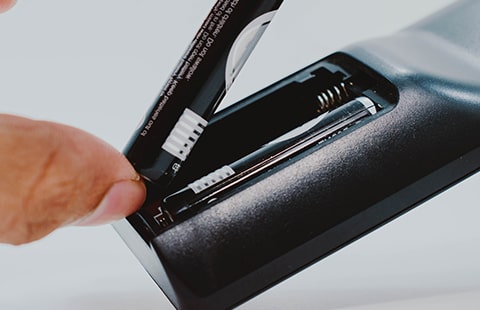Get unique, complex parts easily. No matter your requirements, Chaoyi Spring creates hard-to-produce coil springs and wire forms.
Let us help you create the custom wire form you need, from S-hooks and J-hooks to utility hooks and more.
We work closely with customers across a wide range of industries, helping them design and manufacture made-to-order parts.
Why choose Chaoyi Spring? We prioritize customer-focused collaboration, modern equipment and the latest technology to make your parts per print.
Find the information and guidance you need, from measuring a spring to learning about materials, placing an order and much more.
Suspension springs are an integral part of your vehicle's ride quality, and when they wear out or need replacement, you might find yourself needing to compress them for installation. This


Suspension springs are an integral part of your vehicle's ride quality, and when they wear out or need replacement, you might find yourself needing to compress them for installation. This can be a daunting task, especially for those new to automotive maintenance. But fear not! This comprehensive guide will walk you through the process of compressing suspension springs safely and effectively, empowering you to tackle this DIY project with confidence.

Before diving into the compression process, let's first understand what suspension springs are and why they need to be compressed. Suspension springs are coiled metal components designed to absorb shocks and vibrations from the road, ensuring a smooth and comfortable ride. They are typically located between the vehicle's chassis and the wheels, allowing the suspension system to move up and down. When a suspension spring wears out, it loses its ability to absorb shocks effectively, resulting in a bouncy or harsh ride.
Now, why do we need to compress suspension springs? Well, to install new springs, you need to remove the old ones. But removing them is a tricky proposition because of the spring's inherent tendency to expand, which can cause serious injury if not managed properly. Compression tools bring the coils closer together, allowing for safe removal and installation of the new springs.
Before you even think about compressing those springs, safety must be your absolute priority. These springs are under considerable tension and can release their stored energy in a dangerous manner. Think of them like coiled snakes – respect them, and never underestimate their potential to cause harm.
Here's what you need to do to keep yourself safe:
Now that we've covered safety, let's talk tools. To compress suspension springs effectively and safely, you'll need the right equipment. The most common tools for this task are:
Once you've gathered your safety gear and tools, you're ready to tackle the compression process. Here's a step-by-step guide:
Here are some additional tips to help you compress those springs like a pro:
While compressing the springs is the traditional method, there are other alternatives to consider.
Compressing suspension springs is a task that requires caution, proper tools, and a methodical approach. By prioritizing safety, using the right equipment, and following these steps, you can confidently tackle this DIY project. Remember, if you're unsure about any aspect of the process, don't hesitate to seek professional help.
This guide provides a comprehensive overview of how to compress suspension springs, empowering you with the knowledge and confidence to handle this essential automotive repair. Happy wrenching!
By following these tips and practicing a safety-first mindset, you'll be well on your way to mastering the art of compressing suspension springs. Remember, a well-maintained suspension system is crucial for a comfortable and safe ride. With the right tools and a little patience, you can confidently tackle this DIY project and enjoy the benefits of a smooth, well-handling vehicle.
Browse some of the custom wire forms and springs that we manufacture. Don’t see what you need? We specialize in made-to-order products that meet your application requirements.
Visit Our GalleryNeed a custom wire form or coil spring? We make it work. Fill out the contact form and a representative will respond within 1 business day. If you have a PDF or CAD file, you can submit to request a quote.